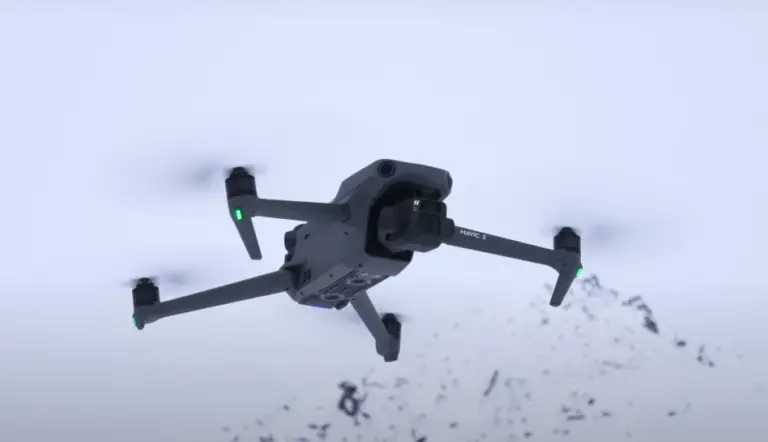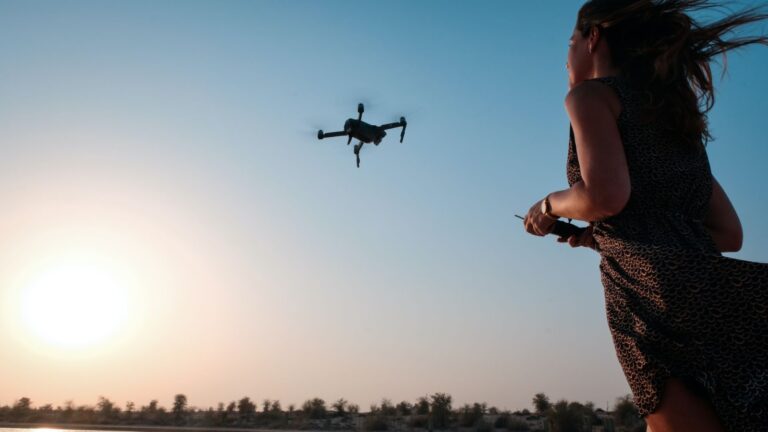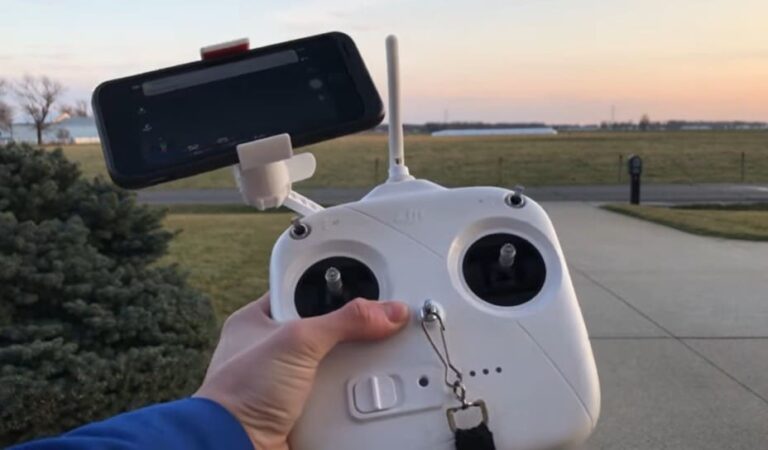How Far Do Military Drones Fly? Top 3 Longest Range Military Drones
The past few years have seen a drastic rise in the production and employment of high-grade military UAVs (Unmanned Aerial Vehicles). Of the numerous things military drones are capable of, nothing is more striking than the huge distances they can travel — distances that fully justify the tremendous amount of money being poured into these drones.
The altitude military drones operate varies widely, ranging from some that fly under 365 meters (1,200 ft) to a couple that can reach up to almost 20,000 meters (65,000 feet). The range, too, varies widely, but there are high-endurance military drones that have a maximum ferry range of more than 20,000 kilometers (~12,500 miles).
Types of Military Drones Based on Range
Given the diversity in the types of performances each drone excels at, there are lots of ways to classify military drones. Even when only looking at the altitudes and ranges of the drones, because of the range of possible figures and other factors that need to be accounted for, neatly categorizing them is no easy task.
The United States Department of Defense has its own classification method for military drones that is fairly straightforward and inclusive of a lot of UAVs. Its classification system looks at different features of the drones like the operational altitude, total weight, maximum speed, and overall size.
| Category | Size | Maximum Gross Takeoff Weight (MGTW) (lbs) | Normal Operating Altitude (ft) | Airspeed (knots) |
| Group 1 | Small | 0-20 | <1,200 AGL* | <100 |
| Group 2 | Medium | 21-55 | <3,500 | <250 |
| Group 3 | Large | <1320 | <18,000 MSL** | <250 |
| Group 4 | Larger | >1320 | <18,000 MSL | Any airspeed |
| Group 5 | Largest | >1320 | >18,000 | Any airspeed |
| *AGL = Above Ground Level**MSL = Mean Sea Level |
The second most sensible way to classify drones is by their horizontal range and total endurance. The range of a drone refers to the maximum distance the drone can travel away from the control station while still being fully operational.
A drone’s endurance, on the other hand, is defined as the total time the drone can fly in one session, which is dependent on how much energy can be stored and supplied by its power source.
1. Very low-cost, close-range military UAVs
- A total cost of around $10,000
- A range of about 5,000 meters ( feet)
- An endurance time of 20 to 45 minutes
2. Close-range Military UAVs
- A range of 50,000 meters ( feet)
- An endurance time of 1 to 6 hours
3. Short-range Military UAVs
- A range of greater than 150,000 meters
- An endurance time of 8 to 12 hours
4. Mid-range Military UAVs
- A range of 650,000 meters
- An endurance time of
5. Endurance Military UAVs
- A range of 300,000 meters
- An endurance of 36 hours
Factors Affecting How Far Military Drones Can Fly
Unlike when producing commercial drones, military drones’ manufacture and use don’t necessarily need to comply with the many regulations that put a lot of restrictions. One of the most range-limiting regulations for commercial drones — that all flights must be conducted within the visual line of sight — is not applicable for military drones, for instance.
The FCC and CE regulations that control the maximum radiofrequency the transmitters are emitting on commercial drones, too, do not apply to military drones.
A major determinant of how far a drone can fly is the size of the drone. While it can be compensated for to a certain degree by having more and more aerodynamic designs, generally speaking, the larger the drone, the more drag it would face from the atmosphere.
The greater the drag, the more energy it would require to push the drone. That is why the price of manufacturing drones goes disproportionately up as the size of the drone increases: more inventive technology is required to fuel larger drones.
Similarly, the weight of the payload the drone has to carry also influences the range negatively because a larger weight needs larger amounts of energy to transport.
The altitude at which the drone flies also makes a difference in how far the range of the drone will be. The higher the drone flies, the less drag it has to face because there is less air as altitude increases. That allows it to travel farther using less fuel, increasing its range.
Top Long-range Drones
Northrop Grumman RQ-4 Global Hawk
One of the most popular military drones, this UAV is famous for a reason. Northrop Grumman’s Global Hawk is a military drone under the employment of the US Air Force.
It is currently capable of flying at a maximum of 18,288 meters (60,000 feet) and has a top speed of 574.5 km/h (357 mph). It’s also capable of flying for more than 34 hours. Weighing about 6,781 kilograms (14,950 pounds), it has a maximum payload capacity of 14628 kilograms (32,250 pounds) and thus, can be used to deliver packages to remote locations.
Airbus Zephyr
Described on the Airbus website as “the first stratospheric UAS of its kind”, the Zephyr is a series of solar-powered, very light-weight drones. The Zephyr’s operational altitude is a whooping 20,000+ meters (70,000 feet).
Because this is an unusually high number, it gives Zephyr access to a remarkable vantage point, allowing its total observational area to top 20 by 30 kilometers (12 by 18 miles).
With some Zephyr models reportedly staying in the stratosphere for more than two months, Zephyr’s endurance is hardly matched anywhere else.
Orion
Orion is another US Air Force UAV developed by Aurora Flight Sciences. With a maximum speed of 222.24 k/hr, Orion and the ground control station (the UAS) have a range of about 24,000 (15,000 miles).
The take-off weight for the Orion is about 5,000 kg (11,000lb), and it can carry up to 1100 kg (2,600lb). Due to this, Orion is sometimes used to deliver packages to regions that are not easily accessible.






